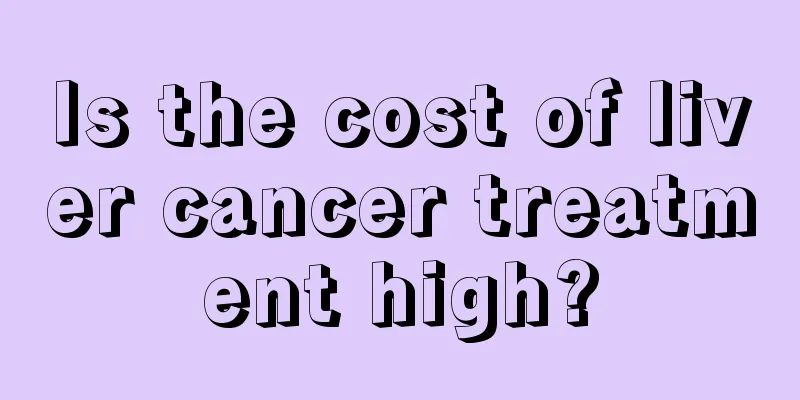Pain at the junction of thigh and pelvis

|
Various reasons can cause pain symptoms at the connection between the thigh and pelvis, such as hip arthritis, soft tissue strain or tendon injury, hip synovitis and femoral head necrosis, trauma, etc. What are the specific causes of pain at the connection between the pelvis and thigh? Is there any way to get relief? Next, I will give you a detailed introduction one by one. If you are currently suffering from this pain, it is recommended that you take a rest, avoid strenuous exercise, and read the following content carefully, which may be helpful to you. 1. For the hip joint, pain may be caused by hip arthritis or femoral head necrosis. You need to make a clear diagnosis through examination. You can do a hip joint magnetic resonance imaging. If the examination shows hip arthritis, it can be treated with hot compresses, massage, and external plasters. If the pain is obvious, you can take diclofenac sodium sustained-release capsules. If there is femoral head necrosis, if the femoral head has not collapsed, you can use circulation-improving drugs and avoid weight-bearing walking. If collapse has occurred, surgical treatment is required. 2. Check whether there is soft tissue strain or tendon injury. Consider checking whether there is any redness or swelling, and also look at the pelvic X-ray. Then consider taking some blood-activating and analgesic drugs orally, and appropriate hot compress and massage treatments. 3. Hip bursitis should be treated in time and healed quickly, otherwise it will cause damage to the blood supply system of the femoral head, and the situation will not be optimistic. Professional Chinese medicine external application treatment has the effects of promoting blood circulation and removing blood stasis, relieving inflammation and pain, promoting blood circulation, repairing degenerated and damaged femoral cartilage and ligaments, etc. The effect is stable and there is no recurrence after healing. During the treatment, there is no impact on normal life and no toxic side effects. 4. The clinical symptoms of femoral head necrosis vary depending on the site of occurrence and the size of the necrosis. Most cases of intramedullary bone necrosis are static and have no clinical symptoms. Small-scale bone necrosis often has symptoms, but has little effect on function. Pain is often the main symptom of bone necrosis, usually chronic dull pain, and in some cases the symptoms may be severe. The pain may gradually increase with joint movement, and eventually develop into pain even at rest, and often requires medication to relieve. The affected joints often have limited movement, sometimes local tenderness, and may have lameness. In severe cases, the bilateral femoral heads are completely necrotic and absorbed, and cannot stand or walk. For those with mild symptoms who suspect ischemic necrosis of the femoral head, further special examinations are required. We want to emphasize that the use of MRI examinations is a better method for early diagnosis of ischemic necrosis of the femoral head. |
<<: The outer thigh muscles hurt when I walk
>>: Pain in inner thigh when lifting leg
Recommend
Taboos you need to know about drinking dried mulberries in water
Mulberry is a fruit that everyone is very familia...
Be careful of summer heat in autumn
We know that it is easy to get heatstroke in summ...
What to do if your mouth is always peeling
We all know that a person's lips sometimes re...
What is the cause of swollen inguinal lymph nodes
Swollen inguinal lymph nodes are relatively commo...
What vaccines are likely to cause fever?
Many babies will develop many uncomfortable sympt...
What are the symptoms of bladder cancer
Bladder cancer is a relatively common disease. We...
What is the cure rate of pituitary tumors
With the continuous development of medicine, ther...
What are the ways to remove acne marks
Who doesn't want to have a beautiful face, es...
A major killer of health, what exactly is atherosclerosis?
If we talk about diseases that afflict many middl...
Which hospital is better for treating colon cancer
The colon is an important organ of the human body...
During the Rain Water solar term, you should pay attention to the recipes for clearing heat, moistening dryness and relieving spring fatigue
Rainwater is the second solar term among the 24 s...
What's the matter with the red pimples on the waist
Diseases are very common in people's daily li...
The role of cocoa powder
We sprinkle some cocoa powder on a lot of the cho...
Can I wear a belly-controlling garment during confinement?
Postpartum women have a common worry, which is th...
Nursing goals for patients with colorectal cancer
The nursing goals for patients with colorectal ca...









